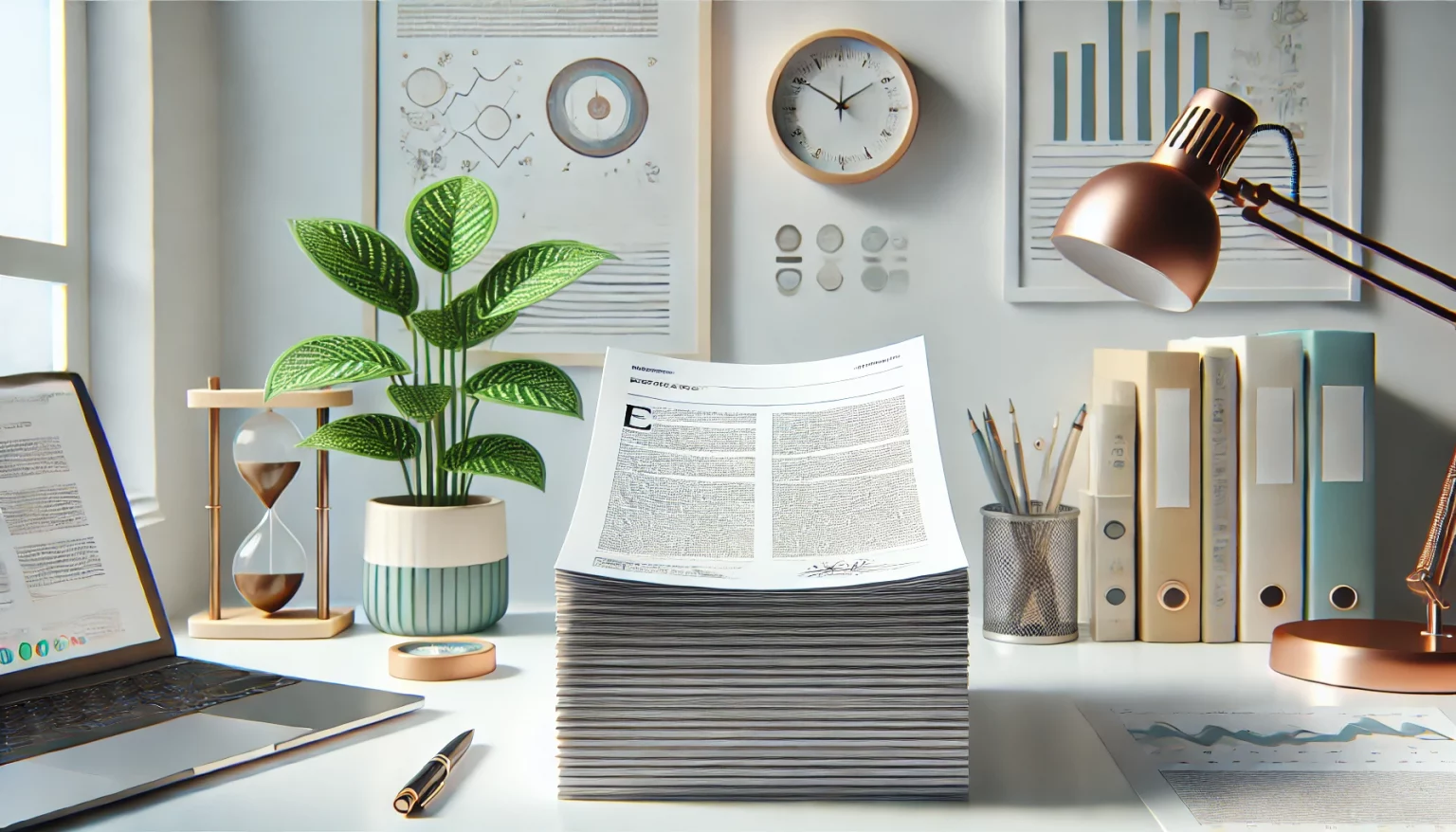
Research Base
Research showing the importance of dosage and intensity in aphasia therapy:
REhabilitation and recovery of peopLE with Aphasia after StrokE (RELEASE) Collaborators. Dosage, Intensity, and Frequency of Language Therapy for Aphasia: A Systematic Review-Based, Individual Participant Data Network Meta-Analysis. Stroke. 2022 Mar;53(3):956-967. doi: 10.1161/STROKEAHA.121.035216. Epub 2021 Dec 1. PMID: 34847708; PMCID: PMC8884127.
Research illustrating the use of Cuespeak within an effective therapy programme:
Cetinkaya, B., Twomey, K. E., & Conroy, P. (2024). Initial evaluation of the TALES (technology and literacy engagement after stroke) programme targeting functional literacy and social engagement in people with aphasia after stroke. Aphasiology, 38(10), 1589–1607. https://doi.org/10.1080/02687038.2024.2322769
A selection of the research that has inspired the development of Cuespeak:
Best W., Greenwood A, Grassly J, Hickin J. (2008) Bridging the gap: can impairment-based therapy for anomia have an impact at the psycho-social level? International Jornal of Language and Communication Disorders. 2008 Jul-Aug;43(4):390-407.
Boyle M. (2017) Semantic Treatments for Word and Sentence Production Deficits in Aphasia, Seminars in Speech & Language. 2017 Feb; 38(1):52-61.
M Boyle, Coelho C.A. (1995) – Application of semantic feature analysis as a treatment for aphasic dysnomia
American Journal of Speech-Language Pathology, 1995
Doedens, W.J., Meteyard, L. (2018). The importance of situated language use for aphasia rehabilitation: pre-print [https://doi.org/10.31234/osf.io/h3duq](https://doi.org/10.31234/osf.io/h3duq)
Edmonds LA, Mammino K, Ojeda J. (2014) Effect of Verb Network Strengthening Treatment (VNeST) in persons with aphasia: extension and replication of previous findings. American Journal of Speech Lang Pathology. 2014 May;23(2):S312-29. doi: 10.1044/2014_AJSLP-13-0098.
Jones E.V. (1986) Building the foundations for sentence production in a non-fluent aphasic, British Journal of Disorders of Communication, 21:1, 63-82
Leonard, C., Rochon, E., & Laird, L. (2008). Treating naming impairments in aphasia: Findings from a phonological components analysis treatment. Aphasiology, 22(9), 923–947. https://doi.org/10.1080/02687030701831474
Maddy K.M., Capilouto G.J. & McComas K.L. (2014) The effectiveness of semantic feature analysis: An evidence-based systematic review Annals of Physical and Rehabilitation Medicine Volume 57, Issue 4, June 2014, Pages 254-267
Marcotte K, Laird L, Bitan T, Meltzer JA, Graham SJ, Leonard C, Rochon E. (2018) Therapy-Induced Neuroplasticity in Chronic Aphasia After Phonological Component Analysis: A Matter of Intensity. Front Neurol. 2018 Apr 9;9:225. doi: 10.3389/fneur.2018.00225. PMID: 29686646; PMCID: PMC5900891.
Marshall, J. (2017). Therapy for people with jargon aphasia. In: Coppens, P. and Patterson, J.C. (Eds.), Aphasia Rehabilitation: Clinical Challenges. . USA: Jones and Bartlett Learning. ISBN 9781284042719
Palmer R. Hughes H. Chater T (2017) What do people with aphasia want to be able to say? A content analysis of words identified as personally relevant by people with aphasia; plos.org
Pulvermüller F1, Neininger B, Elbert T, Mohr B, Rockstroh B, Koebbel P, Taub E. Constraint-induced therapy of chronic aphasia after stroke. Stroke. 2001 Jul;32(7):1621-6.
Renvall K, Nickels L, Davidson B (2013) Functionally relevant items in the treatment of aphasia (part I): Challenges for current practice, Aphasiology, 27:6, 636-650
Simic T, Leonard C, Laird L, Stewart S, Rochon E (2021), The effects of intensity on a phonological treatment for anomia in post-stroke aphasia, Journal of Communication Disorders, Volume 93
Thompson C. (2015) Treating agrammatic aphasia within a linguistic framework: Treatment of Underlying Forms, Aphasiology. 2005 Nov; 19(10-11): 1021–1036.
Van Hees S, Angwin A, McMahon K, Copland D. (2012) A comparison of semantic feature analysis and phonological components analysis for the treatment of naming impairments in aphasia. Neuropsychol Rehabil. 2013;23(1):102-32. doi: 10.1080/09602011.2012.726201. Epub 2012 Oct 26. PMID: 23098246.
Webster J., Whitworth A., Morris J. (2015) Is it time to stop “fishing”? A review of generalisation following aphasia intervention, Aphasiology, 29:11, 1240-1264
Whitworth, A. Leitao S., Cartwright J. Webster J. & Hankey G. Zach J., Howard D. Wolz, V. (2015). NARNIA: a new twist to an old tale. A pilot RCT to evaluate a multilevel approach to improving discourse in aphasia. Aphasiology. 29. 1345-1382
Whitworth A., Webster J. (2015) Generalisation: exploring change across language levels, Aphasiology, 29:11, 1235-1239
Research showing the general benefits of self-directed speech therapy delivered via apps
Brielle C. Stark & Elizabeth A. Warburton (2016): Improved language in chronic aphasia after self-delivered iPad speech therapy, Neuropsychological Rehabilitation, DOI: 10.1080/09602011.2016.1146150
Kurland J, Wilkins AR, Stokes P. (2014) iPractice: piloting the effectiveness of a tablet-based home practice program in aphasia treatment. Semin Speech Lang. 2014 Feb;35(1):51-63. doi: 10.1055/s-0033-1362991. Epub 2014 Jan 21. PMID: 24449465; PMCID: PMC3931518.
Kurland J., Liu A and Stokes P. (2018): Effects of a Tablet-Based Home Practice Program With Telepractice on Treatment Outcomes in Chronic Aphasia: , Journal of Speech Language & Hearing Research 2018 May; 61(5): 1140–1156.